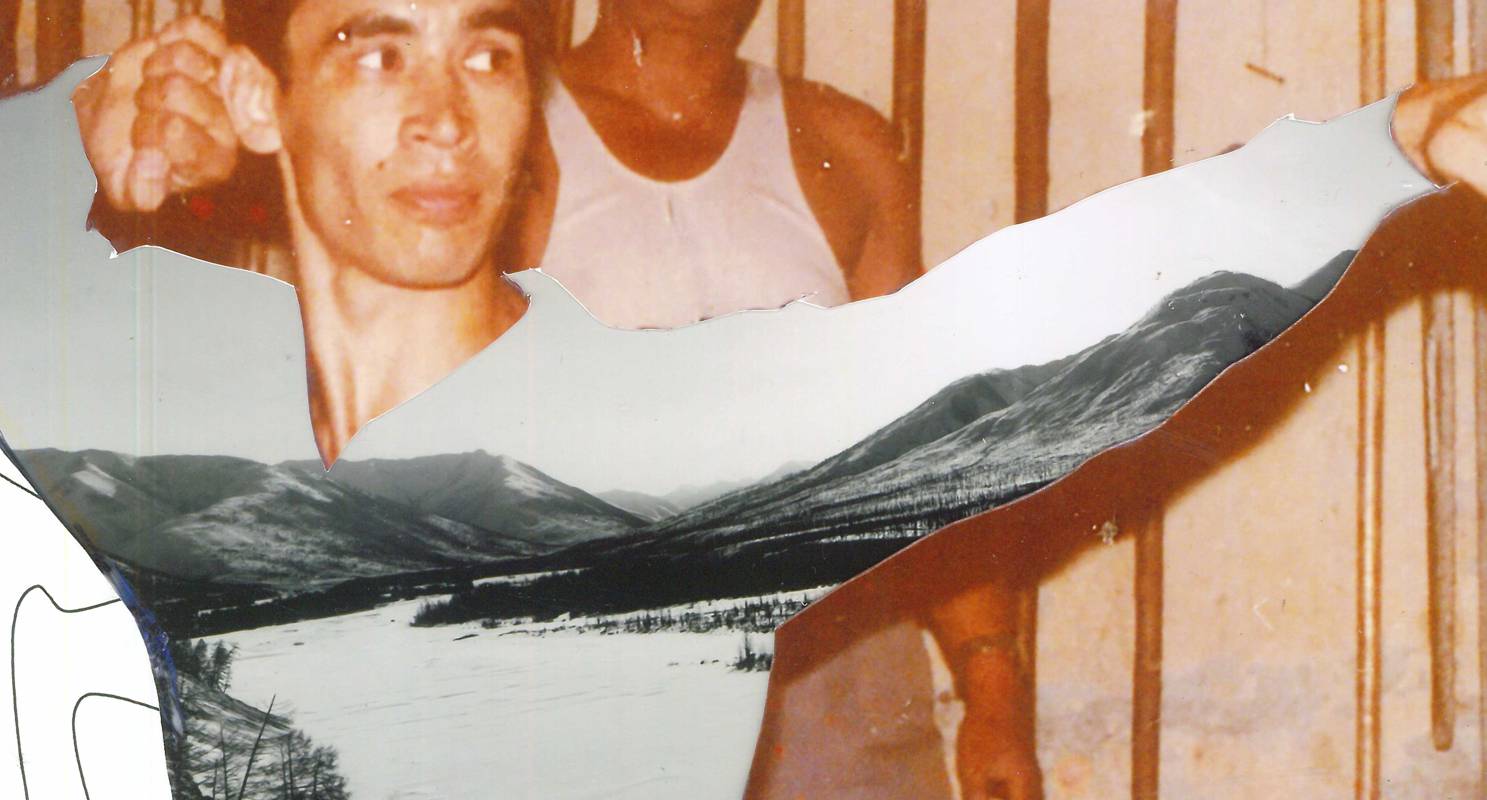
Are We Still Waiting for Godot or Enjoying the Gifts He Brought Us?
Performative practices became one of the most challenging areas in contemporary art and culture. This field had a massive transformation starting in the 20th century. Some researchers and scholars highlight Ubu Roi by Alfred Jarry as a starting point of theatrical change.
Later, this production inspired the Futurists to destroy the 4th wall and move towards performance art. Farther on, the Dada movement representatives created a wild blend of sound poetry and performative practices. All of it forced viewers to wait for the metaphorical Godot, who would mark where one type of art ends and the other starts. In this short essay, I will try to figure out whether we – today’s viewers – are still waiting for this mysterious character to come.
Post-World War II time demonstrated that it is hard for a true artist to stick to one form or medium. Inspiration has many ways to reach a creator, and none of them can be predicted. However, this medium cocktail allowed certain forms to stop being afraid of their art neighbors. For example, dance and theatre stopped avoiding video; photography is no longer afraid of dealing with computer software like Photoshop, etc. All of that allowed artists to freely choose which area style and tradition is meant for them.
Video artist Alexander Predko is interested in working with the phenomenon of emotions. Small pieces he produces give his audience a glimpse of how Predko interprets human feelings. His method is far from banality. The video artist blends academic music with vivid imagery, which in his interpretation, illustrates emotions like happiness, grief, sorrow, and others. This ongoing video series may be compared with Vivaldi’s The Four Seasons or Tchaikovsky’s compositions Illness of the Doll, Funeral of the Doll, and The New Doll. This comparison is not a random coincidence, because music is essential for Predko. The artist manages to create visual pieces that seem to be born out of music, as if we get to look into the artist’s imagination.
Unlike Predko, photographer Mariia Makarova gets her inspiration from everyday activities, British sports and music, in particular. She intentionally chose to work as if she were a documentalist, but taking pictures of simple things became the subject of her professional interest. Most of Makarova’s models are unaware that she is picturing them. By doing that, the photographer managed to master her skill in found photography. All her heroes look relaxed and do not know a photographer is nearby. Of course, Makarova works with stage images as well. In this area, she prefers to work with imagery associated with British music album covers. She mentioned several times that the Beatles album covers fascinated her during childhood, and she dreamed of working with such aesthetics.
Actress and performance artist Alina Mishnina found a balance of different types of performative practices. Being not only a theatre worker gives Mishnina a visible level up among her colleagues. Her professional interests spread not only in being a director’s puppet who reads lines but in expressing her ideas through performances bound to no institutions. These pieces tend to illustrate how confident Mishnina is about her body plastics. Here she transforms from a human being into a piece of raw clay that can be shaped into anything.
Veronika Stetsenko demonstrates a vivid interest in dealing with post-digital aesthetics In her “Odonata & Dragonfly” series. A riot of colors in the background creates a fruitful field for a monochromatic image an artist wishes to put there. However, Stetsenko implies some visual trickery - by choosing this selection of colors, she gains success in her mischief - some viewers may think that they are looking at a print or any other type of art. It is impossible to imagine such painting being demonstrated in the 19th century, but after the outburst of different art practices at the beginning of the 20th century, all sorts of creativity became possible.

Overlooking all these creative workers, one can be said – all of them have managed to preserve the gifts the abstract construct of Godot gave them. Hence – do not be afraid to mix different art traditions and aesthetics and experiment in this area. Such an approach allowed them to create a visual language that contemporary art professionals and academic art lovers can understand.
Text by Derya Ocean






